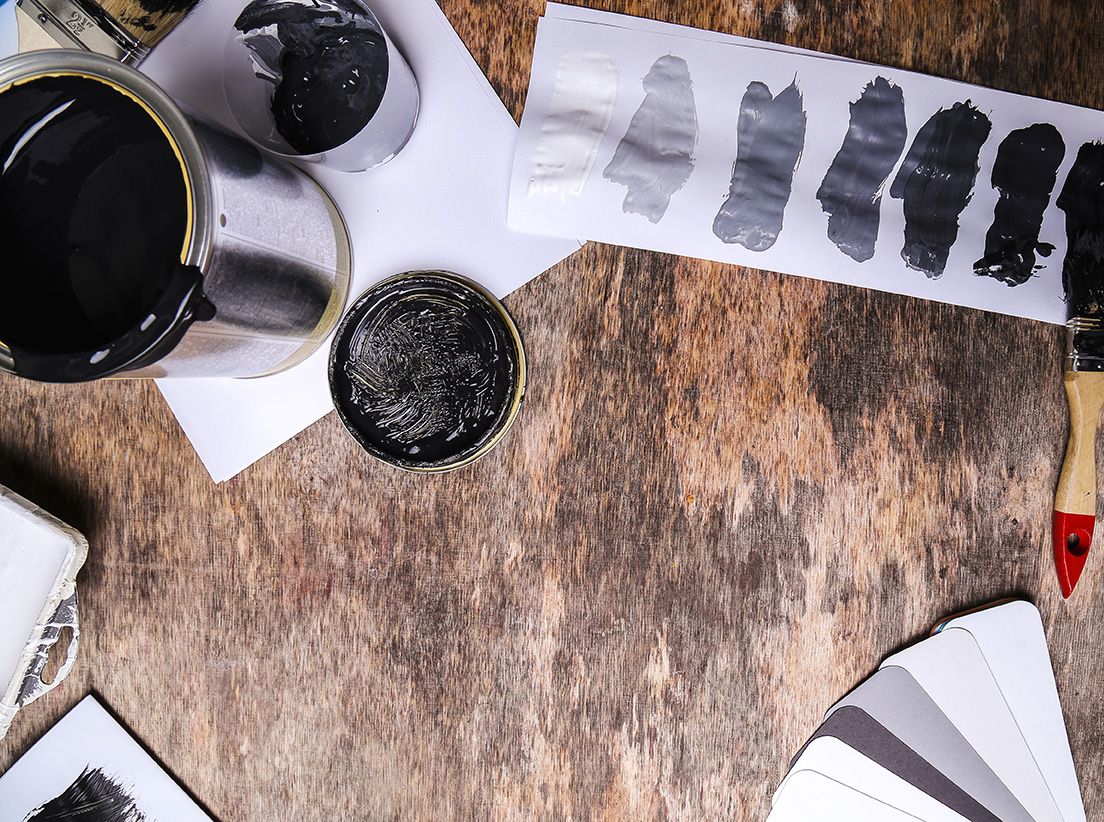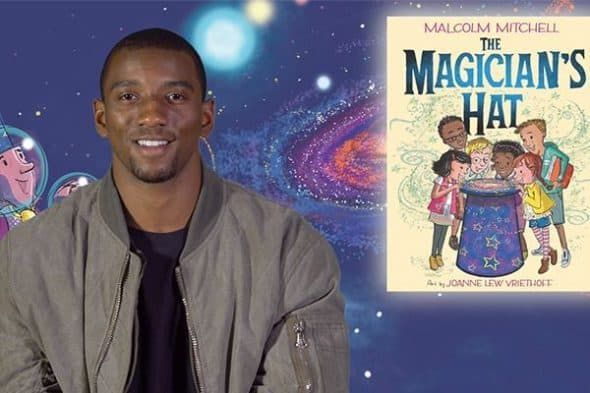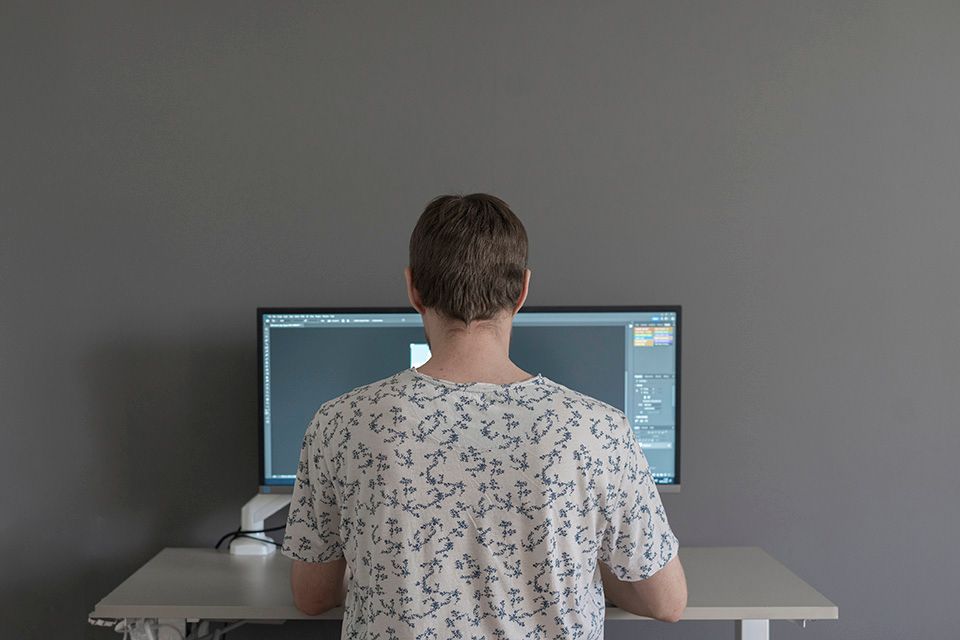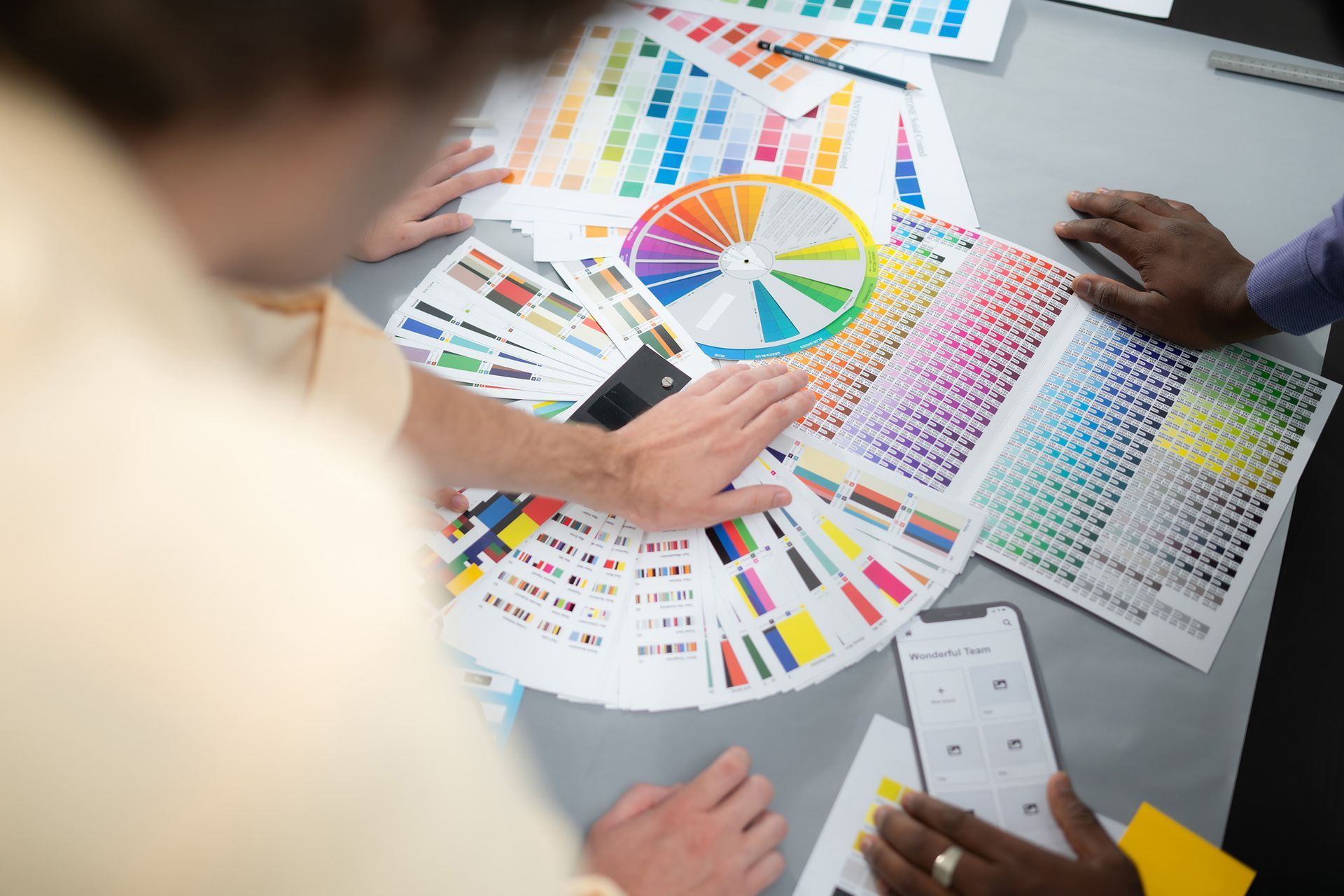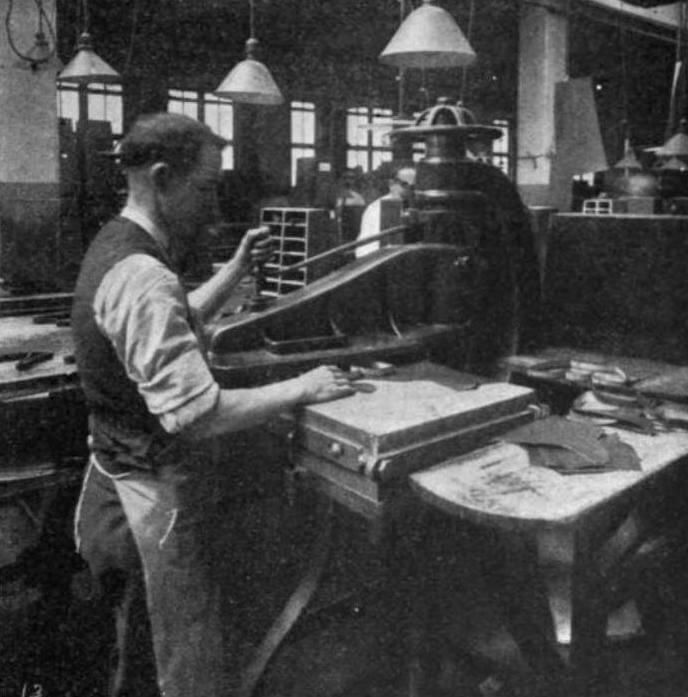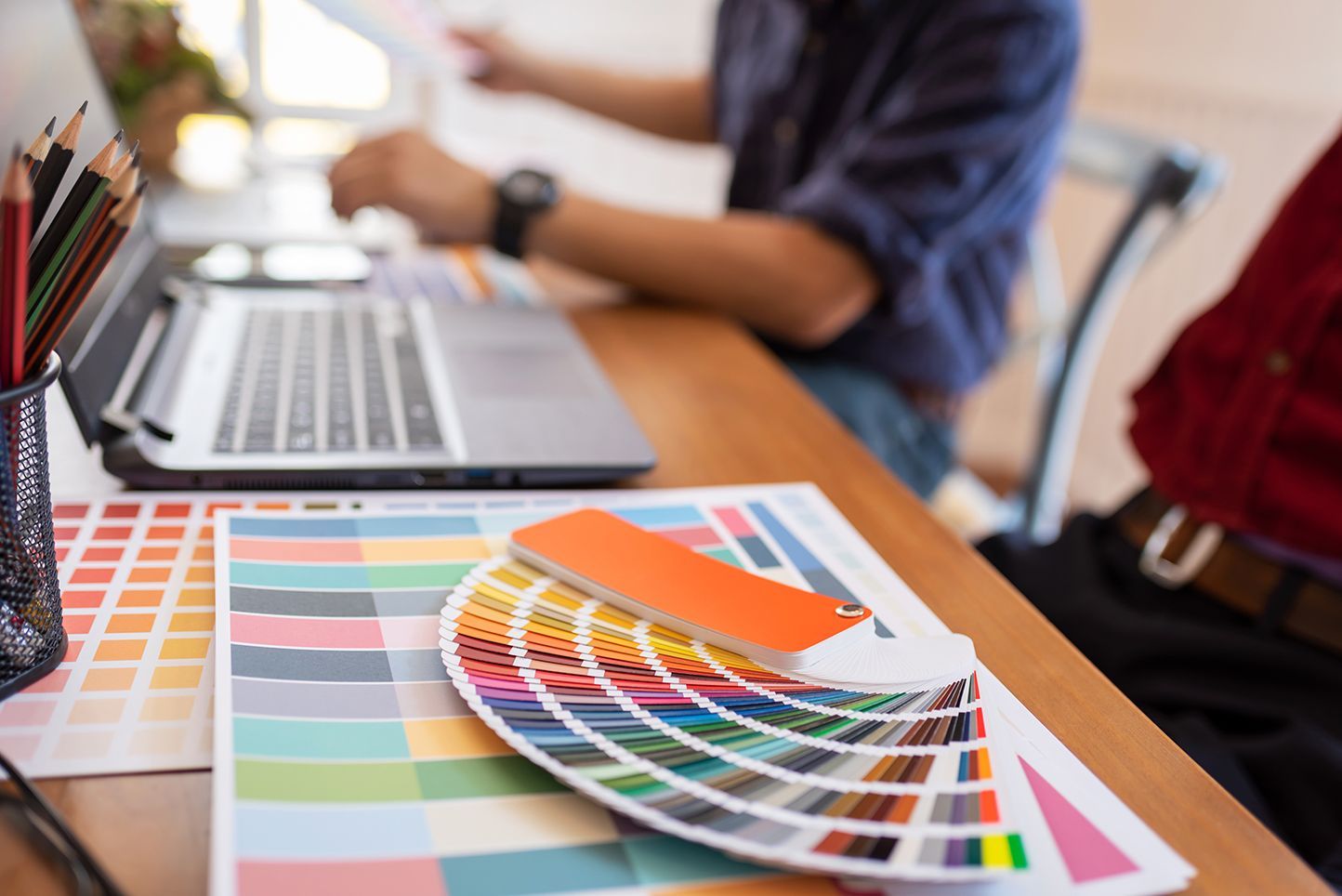Bridging the Gap: Turning Creative Visions into Reality with Modern Print Technology
Introduction

In the fast-paced world of marketing and design, many creative professionals often find themselves caught between their imaginative visions and the perceived limitations of print and manufacturing. They might believe their ideas are too expensive or too complex to bring to life. However, with today's advancements in print technology, these visions are closer to reality than ever before. The key lies in having the right information and asking the right questions.
The Evolution of Print Technology
Print technology has undergone a significant transformation in recent years. What once required complex and costly processes can now be achieved with relative ease thanks to innovations like digital printing, UV printing, and white ink capabilities. For instance, Hudson Printing's Milkshake Blog highlights how advancements in digital printing allow for customization and precision that were previously unimaginable.
Another great example is the rise of UV printing, which allows for vibrant colors and printing on a variety of substrates, including dark materials. FESPA is an excellent resource for exploring how technologies like UV-LED are revolutionizing the market, making high-quality printing more accessible and cost-effective. You can find more insights on these advancements by visiting their site here.
The Information Gap
One of the biggest challenges facing creatives is the information gap. Salespeople, who are often the first point of contact for these professionals, may not always be up-to-date with the latest technologies. This can lead to outdated advice and missed opportunities.
To combat this, it’s essential to seek out the most current information. For example, PrintWeek regularly publishes articles on the latest trends and innovations in the print industry, providing a valuable resource for staying informed.
Common Misconceptions and Preconceived Notions
Misconceptions about what is possible in print are widespread. For example, many believe that custom die-cutting is prohibitively expensive, or that printing on dark or transparent substrates isn’t feasible with standard equipment. However, advancements in digital printing, particularly with the introduction of white toner and 5th color stations, have opened up new possibilities for creatives.
White toner allows for printing on dark and transparent materials, creating striking contrasts and vibrant designs that were once difficult to achieve. The addition of a 5th color station in digital presses further expands the color gamut, enabling the production of colors that were previously impossible to replicate with traditional CMYK printing. This technology also supports the use of specialty colors, such as metallics or neon, adding another layer of creativity to print projects.
These advancements mean that what was once considered out of reach is now achievable, often at a fraction of the cost and complexity that was previously assumed. Creatives who stay informed about these capabilities can bring their boldest ideas to life without the limitations that once held them back.
Asking the Right Questions
To unlock the full potential of modern print technology, creatives need to ask the right questions. This means not just accepting the first answer but digging deeper to understand what is truly possible.
For example, instead of asking, "Can this be done?" a more insightful question might be, "How can we achieve this effect within our budget?" CreativePro offers numerous resources and articles that guide designers on how to push the boundaries of print while staying within constraints.
Unlocking Creative Potential
The most successful projects often come from those who dare to think beyond traditional boundaries. For instance, the Print City Network demonstrates how collaboration and innovation can bring complex ideas to life, making the impossible possible. By staying informed and open to new possibilities, creatives can unlock their full potential and bring their boldest visions to life.
Conclusion
In today’s rapidly evolving print landscape, the gap between creative vision and reality is narrower than ever. By staying informed, asking the right questions, and challenging preconceived notions, creatives can turn their most ambitious ideas into tangible, impactful results. The tools and technologies are out there – it’s just a matter of unlocking them.





